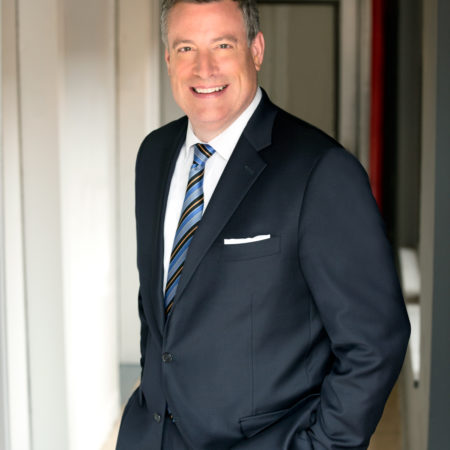 This week, Ketchum President Rob Flaherty is attending the annual meeting of the World Economic Forum — which brings together 2,500 CEOs and government leaders in Davos, Switzerland — and is reporting his observations. On Jan. 31, he will host a special webinar open to the public, “Davos 2011: An Insider’s Guide to Key Insights,” in which he will recap his experiences.
This week, Ketchum President Rob Flaherty is attending the annual meeting of the World Economic Forum — which brings together 2,500 CEOs and government leaders in Davos, Switzerland — and is reporting his observations. On Jan. 31, he will host a special webinar open to the public, “Davos 2011: An Insider’s Guide to Key Insights,” in which he will recap his experiences.
Yesterday, I had the opportunity to meet and hear from the CEO of a $5.5 billion IT company in India about his leadership philosophy. Vineet Nayar of HCL Technologies believes that value today is created in the “value zone,” where employees meet customers every day. It is value co-created with customers as they sort out what a rapidly changing marketplace really needs now. That’s an interesting thought for all of us at Ketchum as we work with our clients in our own rapidly changing environment.
Taking it a step further, Nayar thinks that more value is created in the field than at the top of the company, by senior professionals and executives. Consequently, Nayar believes that “the job of management is to enthuse, enable and encourage employees in the value zone to create higher value than competitors.” He says that management is as accountable to employees as employees are to management.
And here’s the fairly breathtaking way he backs that up: Every year his 360-degree review is done by all 77,000 employees of HCL — and the results are published on the company’s intranet site for all to see. Imagine how responsive we at Ketchum would all be to each other if our annual 360 was published on myKGN, our intranet, for everyone to peruse.
Nayar introduced me to Anuj Sharma, a fashion industry entrepreneur who has a very successful clothing business shipping to multiple countries, yet only one other employee, his tailor. His model involves a vast network of partners and advocates around the world that he often charms and sometimes modestly pays for services. He said, “I have nobody employed, but everyone works for me.”
Both for our own work and for programs we conduct for clients, perhaps we should all think about the larger ecosystem of people we can engage in our projects, even if they aren’t directly on our payroll.
News + Views



